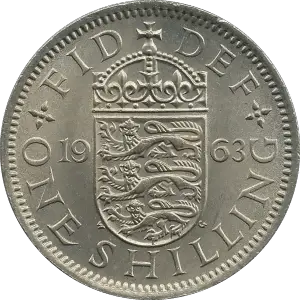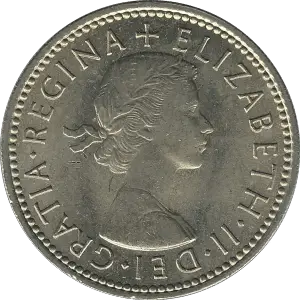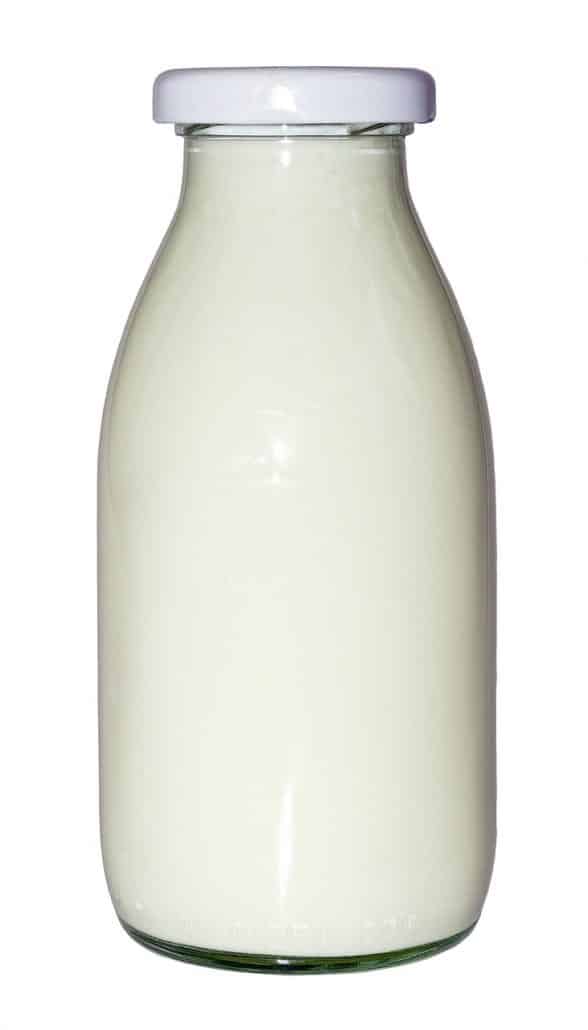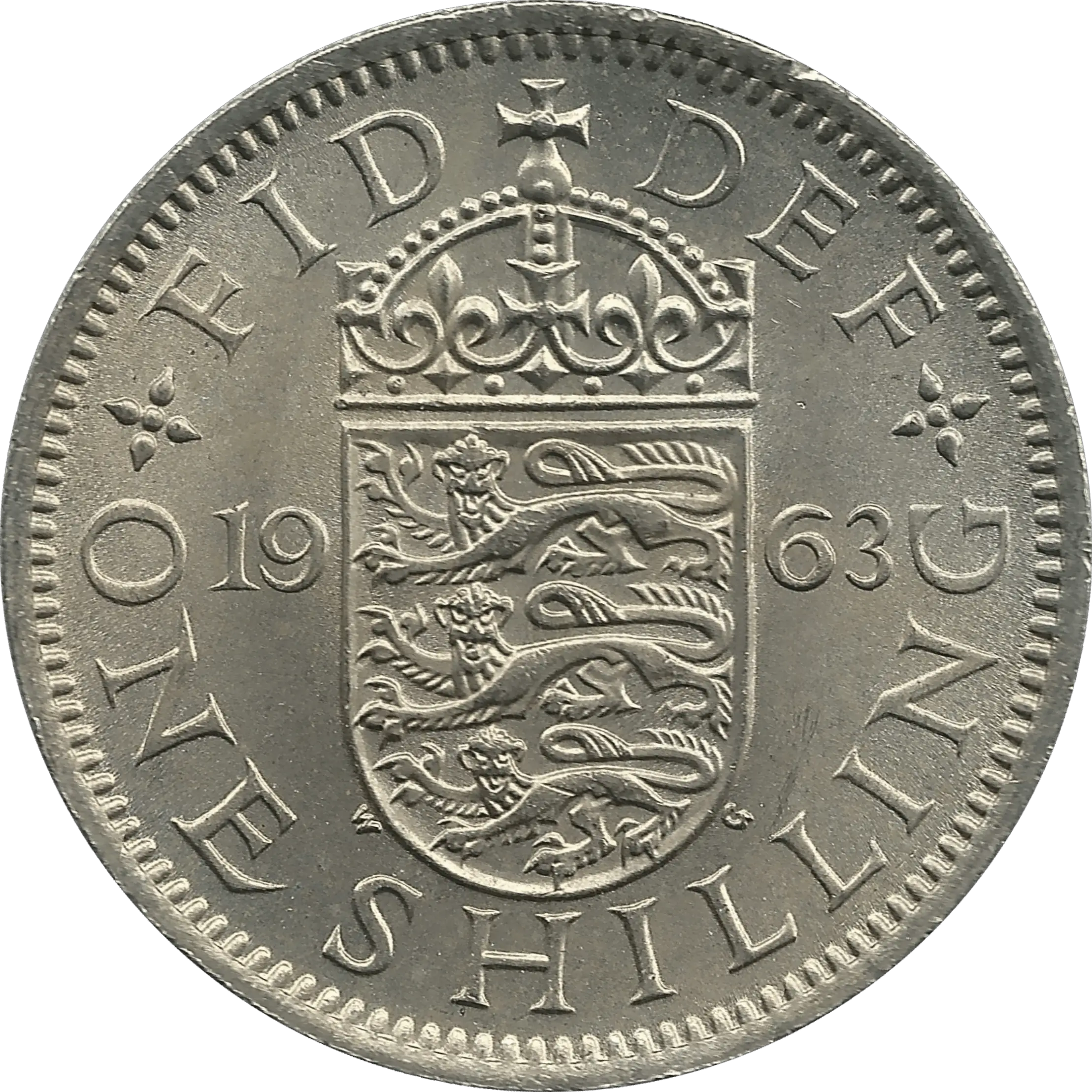From our research, shillings can vary greatly in price depending on the mint year of the coin, condition and a variety of other factors. For example, George III shilling’s have sold for anywhere from just under £1 to over £100 in the last month alone on eBay, and this is just one type of shilling.
Some shillings can easily be worth over £1,000 to collectors and as such comprise a substantial investment, so be sure to conduct extensive due diligence before any purchases.
Shillings In Today’s Money
In today’s money, a shilling would be worth 5 pence, according to the decimalisation of currency in 1971.
By this rule we can work out how much multiples of shillings would be worth today:
- 2 Shillings would be worth 10 pence
- 5 Shillings would be worth 25 pence
- 6 Shillings would be worth 30 pence
- In US Dollars, a shilling would be worth around 7 pence, depending on the value of the pound against the US dollar
Pre-Decimalisation
Decimalisation occurred in 1971 and marked the abolishment of the shilling. Under the new system, 100 pence would equal one pound. Prior to this, one pound was subdivided into 20 shillings with each shilling being worth 12 pence; meaning one pound was worth 240 pence.
New 5p and 10p coins were introduced to replace the shilling and two-shilling coins, with a 50p coin replacing the 10-shilling note. These new coins were inscribed ‘NEW PENCE’, in order to prevent confusion amongst the population. The ‘NEW PENCE’ inscription was removed in 1982, which led to the 1983 new pence two pence scandal.


Decimalisation was implemented to simplify the currency system and align it with inflation. Many other countries had already adopted decimalisation prior to Britain, and the debate had been ongoing for more than a century. In 1849 a two-shilling silver florin was introduced which was worth one-tenth of a pound, and in 1887 a double florin worth 4 shillings or a twentieth of a pound. These were the only steps towards decimalisation prior to 1971.
The shilling continued to be legal tender until December 31st 1990, with a value of 5 new pence.
History of the Shilling
The shilling was born out of a coin called a ‘testoon’, which was made in 1504 under the reign of Henry VII. A testoon was worth 12 pence and made of silver. The testoon continued throughout the reign of Henry VIII and was renamed the shilling during the reign of Edward VI.
Thereafter, the shilling was circulated under each reigning monarch except Edward VIII; with the earliest dated shilling being from 1548. It is important to note that the first United Kingdom era shilling was minted in 1816.
The shilling was a popular silver coin; however, it was regularly debased and lost value through the years. The value of the shilling was only to increase when Elizabeth I called all debased coins out of circulation and reinstated newly minted coins.
In 1920, however, the silver content of the shilling was debased from 92.5% silver to only 50%; eventually becoming entirely copper-nickel alloy in 1947. This debasement during the war years was common for all silver coins.
As the silver content of the shilling was reduced, so was its intrinsic value. Despite this, shillings remain highly collectable coins. As shillings were vastly circulated for many centuries, there are many fine specimens available.
What Could You Buy With A Shilling?
When it comes to what you could buy with a shilling, it is hard to say for certain unless you focus on a specific time era due to how long the coin was used.
1940s
During World War 2, for example, a shilling could be used to purchase common household items like a loaf of bread or bar of soap.
As the economy suffered through the war, the cost of basic goods increased. This meant that between 1939 and the end of the war the price of milk had risen from 3 pennies to 9 pennies per quart.

1960s
In the 1960s you could still just about manage to buy a loaf of bread with a shilling.
You could also, if you were lucky, pay for a haircut or fuel your car with just under 1 litre of petrol – which was actually sold in gallons back in the day.
1970s
By the 70s a shilling could afford you a 3-minute phone call, one pint of milk delivered to your house by the milkman – this price fixed by the government alongside other essentials like bread or newspapers.
